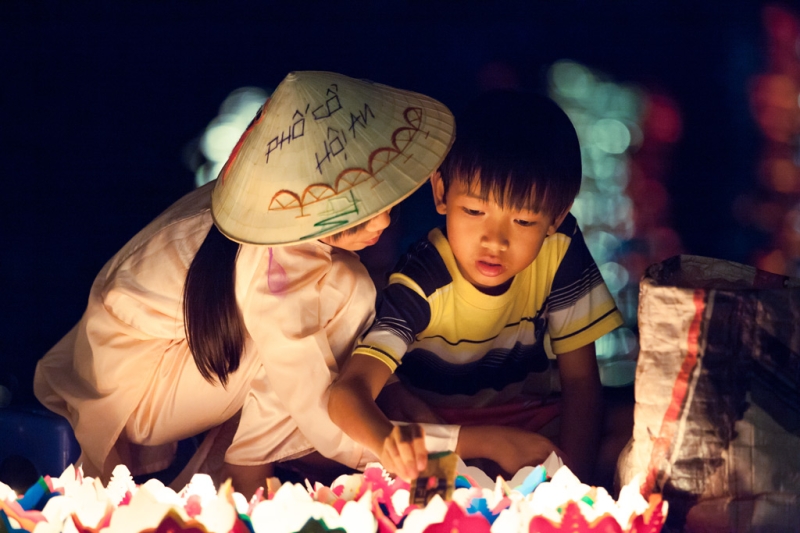
A regular two-week vacation is not enough to get to know Vietnam closely. Vietnam is a country with a special geography. Stretched from north to south for three thousand kilometers, with different climates – cool in the north, frost in the mountains, almost tropical in the south, with different cultures – the north and south fought against each other quite recently. Therefore, when choosing between two extremes, an experienced traveler starts with the golden mean. It’s also the geographic middle – welcome to central Vietnam, to Hoi An (on the map),
city-museum under the open sky.
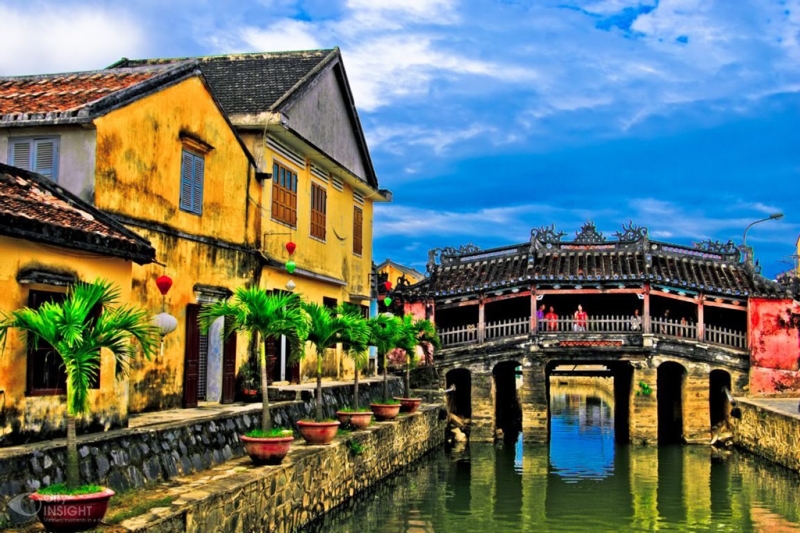
There are not one or two museums in the city, but – buckle up just in case – eight hundred and forty-four! That is, almost every building in the central part of the old city is officially recognized as an ancient monument, which preserves and demonstrates the peculiarities of life in colonial Vietnam. Therefore, when experts from UNESCO came to Hoi An in 1999, they, without hesitation, included the entire city as a World Heritage Site. Even one of the bridges over the Tubon River, which divides the city in half, was turned into a museum.
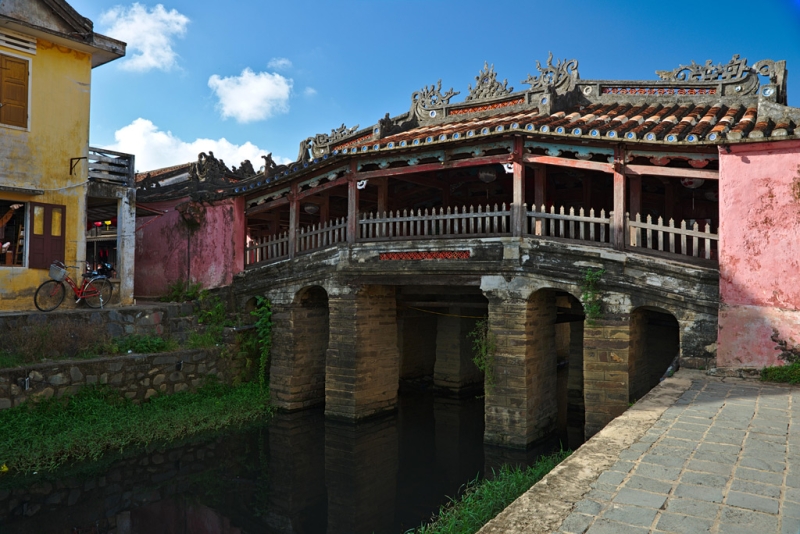
Tickets at the museum ticket office, which is also the information center for tourists, are sold in packs at once, ten pieces each, so that there is enough for the whole street. These museums are essentially private houses in which Vietnamese families still live. You can enter the museum without fear of invading private space – only the courtyard and a couple of central rooms are reserved for guest visits. The hostess keeps the rooms tidy, answers questions from tourists, not forgetting to offer traditional Vietnamese souvenirs: “This is my grandfather in this photo. Next to him is Comrade Ho Chi Minh. Would you like to buy a silk lantern or a set of tea bowls?»
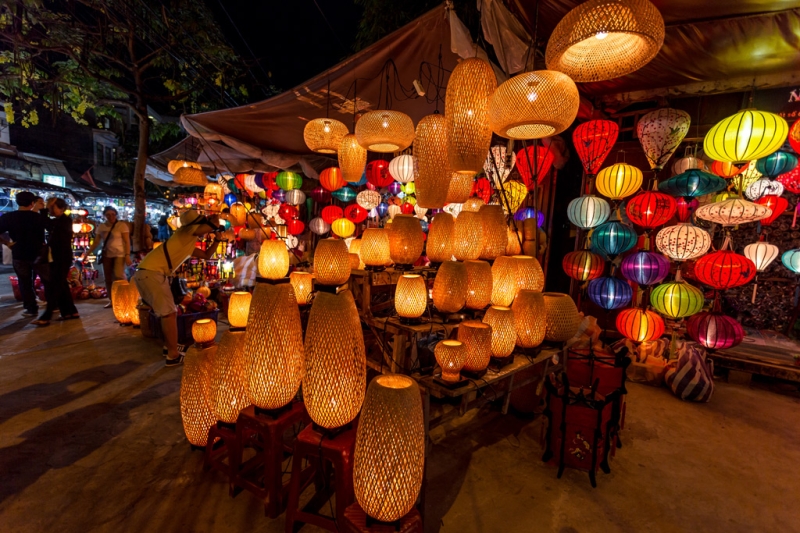
Everything in Hoi An that is not a museum is either a restaurant or a clothing store. It is for the numerous clothing stores that Hoi An is unofficially called the “city of tailors”. In each such store, a man or woman can order a complete set of clothes: from a three-piece suit and silk scarves to leather shoes. And collect wallets and purses for change. As in museums, the Vietnamese work here in families: women call clients and take their measurements, men sew, children get in the way, everyone is busy.
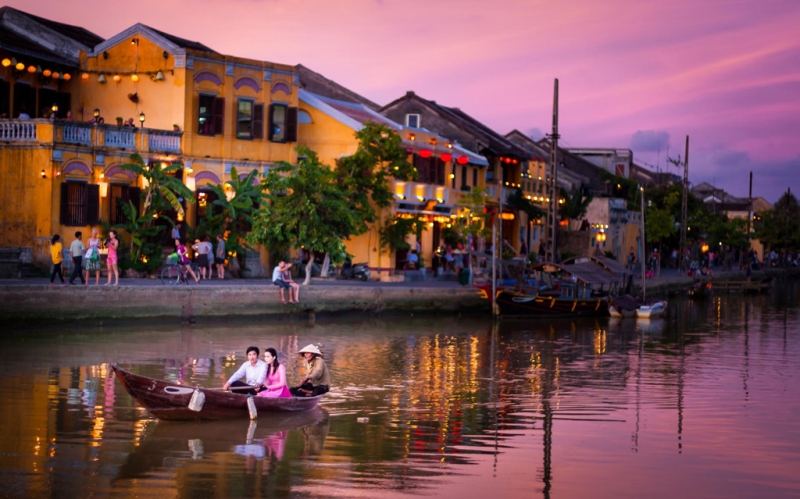
Hoi An is a small tourist town in Quang Nam Province in central Vietnam. The city’s population is approximately 120 thousand people. In 1999, Hoi An was listed as a UNESCO World Heritage Site as an example of a commercial port city in Southeast Asia.

